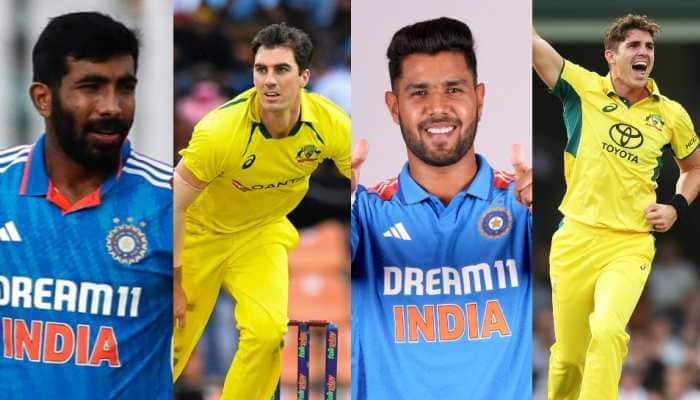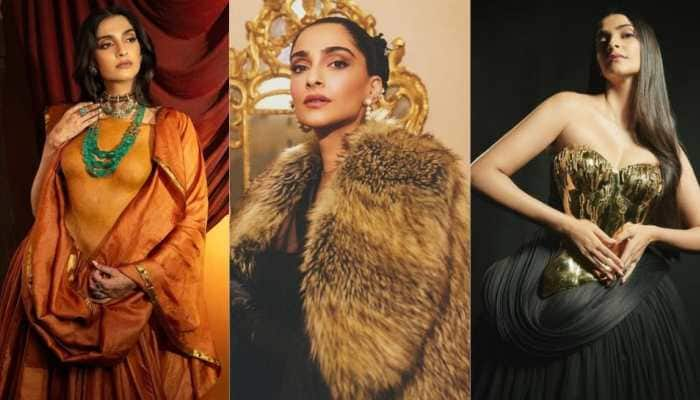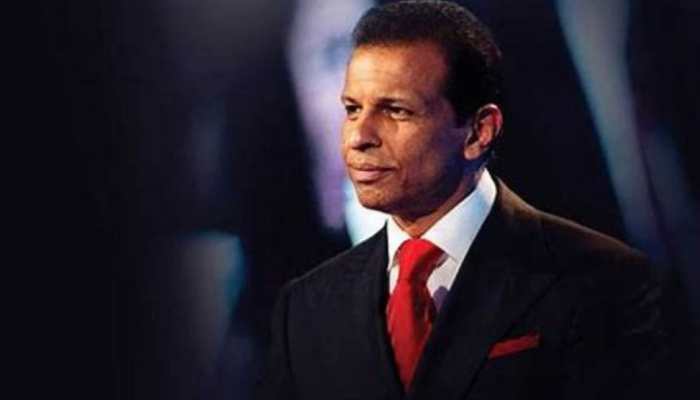Navratri 2017: The nine forms of Goddess Durga
The luminous ten-armed goddess who is known as the destroyer of evil and the mother of all beings, Goddess Durga is worshiped extensively during the nine days of Navratri which celebrate her birth. The nine days, collectively known as Navratri are the days when people welcome the bewitching Goddess on earth.
Trending Photos
) Pic Courtesy: Pixabay
Pic Courtesy: Pixabay New Delhi: The luminous ten-armed goddess who is known as the destroyer of evil and the mother of all beings, Goddess Durga is worshiped extensively during the nine days of Navratri which celebrate her birth. The nine days, collectively known as Navratri are the days when people welcome the bewitching Goddess on earth.
Goddess Durga was created as an amalgamation of the powers of Brahma, Vishnu and Maheshwar to defeat Mahisasur- the water buffalo demon.
Let us have a look at the nine forms of this magnificent goddess:
Shailputri
Shailputri, in Sanskrit means 'daughter of the mountains'. This form is the first one among the nine forms of the goddess and Shailputri is worshipped as the absolute form of Mother Nature. During the festival of Navratri, the goddess is portrayed with a half-moon on her forehead, a trident in her right hand along with a lotus in her left hand. She is seen as riding on the back of a bull.
The first day of Navratri is marked for the worship of Shailputri.
Brahmacharini
The ‘charming’ form of Durga, the idol of Brahmacharini is presented to her worshipers with a Kamandalu in her left hand and rosary in her right hand.
Brahmacharini, the unmarried form of the Goddess is worshipped on the second day of Navratri and is mostly known as the personification of love and loyalty.
Chandraghanta
Adorned with a bell shaped like a crescent moon in her hand, this form of Maa Durga is responsible for establishing justice and dharma in the world. On the third day of Navratri, goddess Chandraghanta is worshipped.
Kushmanda
This form of Durga is believed to be the one that eliminates darkness from the world with her smile. Each idol of goddess Durga in this form is therefore carved with a smile on her face. On the fourth day of Navratri, devotees worship this manifestation of Maa Durga.
Skanda Mata
This form of the goddess is always accompanied by an infant form of Lord Skanda.
The goddess is portrayed with having four arms and three eyes. She is presented as sitting on a lotus and is worshiped on the fifth day of Navratri.
Katyayani
This incarnation of goddess Durga is the epitome of love and anger and the idols having this form are portrayed as having four arms and three eyes and are mounted on a lion. The sixth day of Navratri is dedicated to Katyayani form of goddess Durga.
Kalratri
This form of the goddess is famous in ancient Hindu literature as being the most violent one. Worshipped on the seventh day, this is the form that evokes fear in a devotee's mind. Kalratri is believed to be the destroyer of all demonic powers, i.e. kaal.
Maha Gauri
Diametrically opposite to Kalratri, this form of the goddess Durga is intelligent, peaceful and calm. The ‘extremely white’ goddess is depicted in idols as such and is shown as wearing white clothes, mounted on a bull. Maha Gauri is worshiped on the eighth day of Navratri.
Siddhidatri
On the last day of Navratri, the form Siddhidatri of goddess Durga is worshipped. This is the form that is known for her wish-fulfilling capabilities and the goddess is believed to possess several types of healing powers. The idol is shown as riding a lion.
Stay informed on all the latest news, real-time breaking news updates, and follow all the important headlines in india news and world News on Zee News.
Live Tv







)
)
)
)
)
)
)
)
)
)
